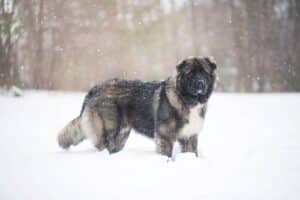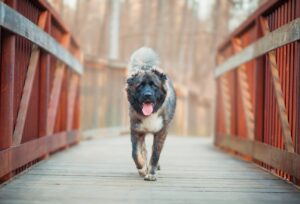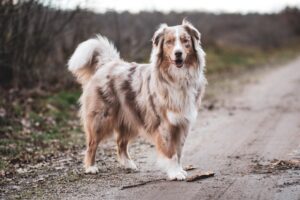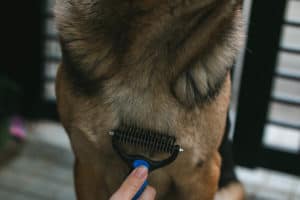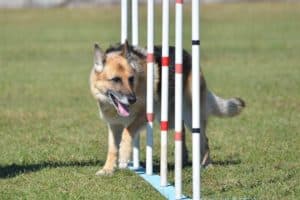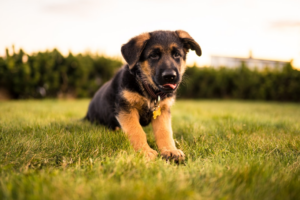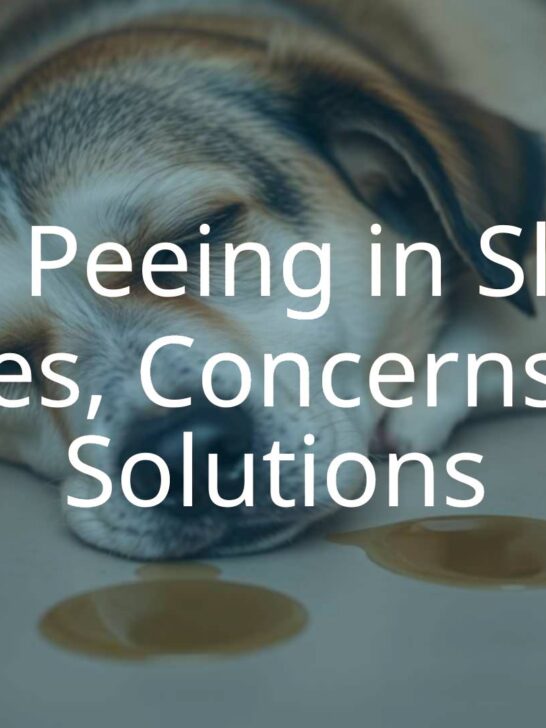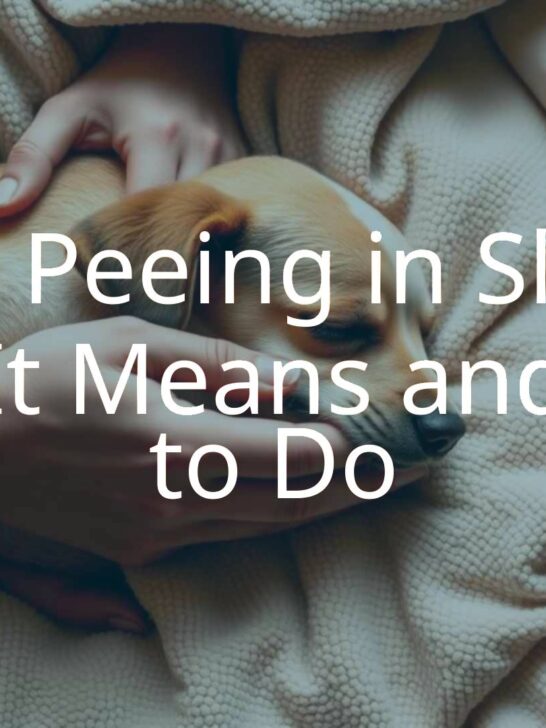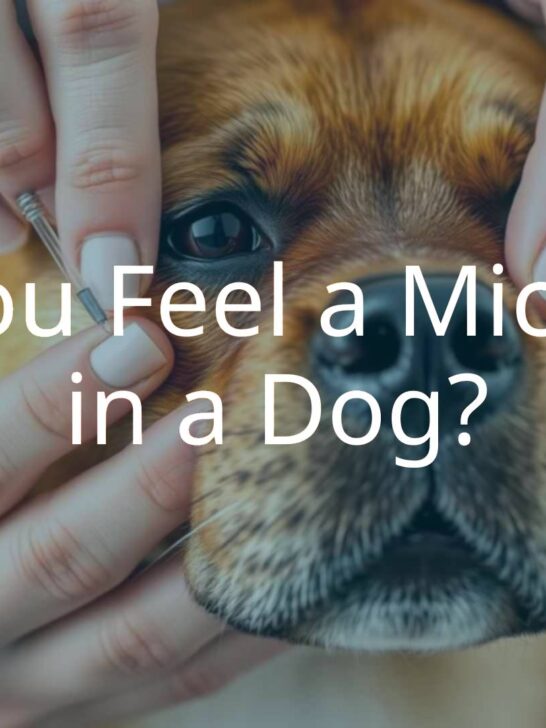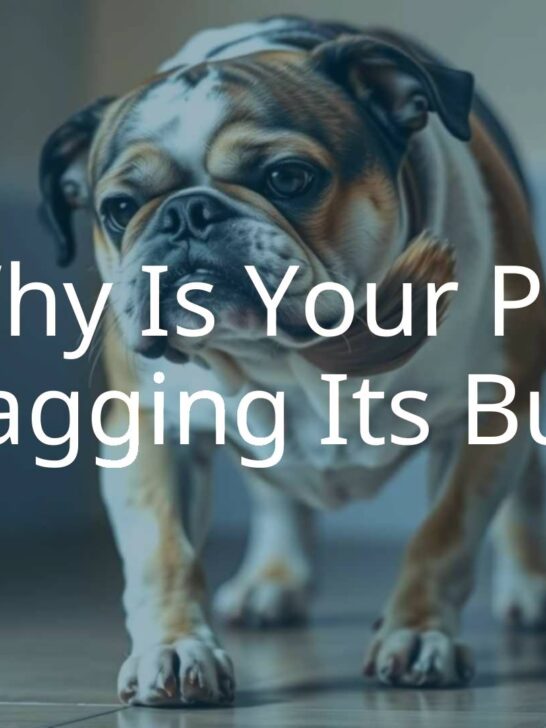Is Roundup Safe for Dogs?
Many dog owners wonder if using Roundup is safe for their pets. Based on current studies and expert advice, the answer is no-Roundup is not safe for dogs. While labels may claim Roundup is less harmful once it dries, the reality is more troubling. Dogs, who are close to the ground and often lick or eat things from the environment, are especially at risk of being exposed. This article will break down what Roundup is, how its main ingredient (glyphosate) affects dogs, the health risks involved, and steps you can take to help keep your pet safe.
What Is Roundup and How Does It Work?
Roundup is a popular weed killer used by homeowners, farmers, and city workers to remove unwanted plants. It’s found everywhere, from home gardens to public parks. Although effective at clearing weeds, its ingredients and how it works can be risky for more than just plants.
People use Roundup because it quickly eliminates weeds, keeping lawns and fields neat. But the wide use of this weed killer means both people and animals may come into contact with it, raising questions about possible side effects for pets such as dogs.
Main Ingredient: Glyphosate
The active chemical in Roundup is glyphosate. Glyphosate is a broad-spectrum weed killer, meaning it can kill most plants, not just weeds. It works by blocking the Shikimate pathway, an important function in plants, as well as in certain bacteria and fungi, but not in animals directly. However, animals like dogs rely on the bacteria in their gut that do use this pathway, so dogs can still be harmed indirectly. Glyphosate also binds to vital nutrients in the soil, making them unavailable to plants and potentially impacting the animals that eat plants or that come in contact with treated areas.

How Are Dogs Exposed to Roundup?
Because they spend time close to the ground and often sniff, roll in, or eat grass, dogs have many ways to be exposed to Roundup-much more than people do.
Direct Contact: Yards, Parks, and Walkways
The most obvious way dogs can come across Roundup is by walking, rolling, or playing on lawns and paths that have been sprayed. If they touch wet treated grass, Roundup can stick to their fur and paws, which may be licked off later. Even dried Roundup can leave residues behind that dogs might ingest. Eating or sniffing treated grass or plants increases this risk. Watch out for lawn signs warning about recent herbicide use and keep your dog away from those places.
Indirect Exposure: Dog Food and Animal Products
Glyphosate doesn’t just stay where it’s sprayed-it can also get into pet foods. Roundup is often used on crops such as corn, soy, and wheat, which are common in commercial dog foods. Studies show that kibble can sometimes have much more glyphosate than raw dog food. Glyphosate can also be found in meat from animals fed on treated grains, meaning dogs could be exposed even if they don’t eat grains directly.
Is Dried Roundup Still Dangerous?
Many think Roundup is no longer harmful once it’s dry, but this isn’t true. Drying only helps reduce direct chemical transfer, like getting it on shoes or paws, but the chemical can still be absorbed by plants and linger in the environment. Dogs can still eat, lick, or walk through treated areas and be affected. So, it’s safest to assume treated areas continue to be a risk for dogs even after they look dry.
Is Roundup Safe for Dogs?
Despite what some product labels might say, current evidence shows that Roundup is not safe for dogs. Many vets and scientists agree that glyphosate exposure is risky for pets. Direct contact and ongoing, low-level exposure through food or yards can be especially dangerous for dogs.
Short-Term and Long-Term Health Risks
- Short-term (Immediate): If a dog touches or eats Roundup, symptoms can show up quickly-within minutes to a day. Look for drooling, vomiting, diarrhea, lost appetite, or skin and eye irritation. These problems may go away once the dog is cleaned and kept away from the chemical.
- Long-term (Over Time): Repeated exposure-even to small amounts-can weaken organs, harm the digestive system, and may increase the risk of cancer. Problems can develop slowly, making them harder to track and treat.
What the Science Says
| Study / Source | What It Showed |
|---|---|
| HRI Labs, Pilot Study | Dogs had glyphosate levels up to 30 times higher than humans |
| Tufts University | Dogs exposed to lawn chemicals had a 70% higher risk of developing lymphoma |
| Environmental Research Journal | Dogs living in homes using pesticides were 70% more likely to develop malignant lymphoma |
| World Health Organization | Classified glyphosate as a “probable carcinogen” (cancer-causer) to humans |
Symptoms of Herbicide Poisoning in Dogs
If your dog has come in contact with Roundup or other herbicides, you might see any of these signs within half an hour to a day:
- Drooling, vomiting, diarrhea, stomach pain, no appetite
- Weakness, tiredness, wobbly walking, seizures, twitching
- Drinking a lot, changes in urination, or yellow skin/eyes (kidney/liver troubles)
- Bad skin reactions-redness, itching, swelling
- Trouble breathing or coughing
- Odd heart rate or sudden collapse in severe cases
- Muscle stiffness or trouble moving
If you notice these symptoms, take your dog to the vet straight away and bring the herbicide packaging, if possible, to help with treatment.
Health Problems Linked to Roundup in Dogs
Research continues to show more health issues for dogs around Roundup and glyphosate:
1. Higher Cancer Risk
- Many dogs exposed to Roundup have a higher risk of cancers such as lymphoma and bladder cancer.
- Glyphosate has been linked to DNA damage and can cause hormonal changes that might lead to cancer growth.
2. Damage to the Microbiome (Digestive Health)
- Glyphosate can kill good bacteria in a dog’s gut, harming digestion and weakening their immune system.
- This can lead to chronic stomach problems, “leaky gut,” and problems fighting off infections.
3. Other Health Issues
- Glyphosate can bind to important minerals, leading to health problems like kidney and liver disease. Kidney problems are especially concerning, as kidney disease is one of the top causes of death in dogs.
- It’s also associated with reproductive problems and may increase stress on cells, which can lead to other diseases over time.
How to Keep Your Dog Safe from Roundup
It can be tough to avoid Roundup, but you can lower your dog’s risk with these steps:
Avoid Treated Areas
- Don’t use Roundup or similar chemicals on your own lawn or garden. Choose natural weed-control options instead.
- Stay away from perfect, weed-free lawns or parks, as these are likely treated with herbicides.
- If you see “recently treated” warning signs, keep your dog off these areas entirely, no matter if the grass is dry or not.
If Your Dog Comes in Contact with Roundup
- Remove your dog from the area right away.
- Prevent them from licking their fur or paws.
- Wash their paws and fur with mild soap and water, paying special attention to areas that touched the grass or soil.
- Watch your dog for symptoms and call your vet if you notice any changes.
- Bring information (or a photo) of the product if you visit the vet.
Safer Weed Control Choices
- Hand-pulling weeds
- Mulching garden beds
- Natural sprays using vinegar, plant oils, or soapy water (let the area dry before letting dogs back on it)
- Using physical barriers or fencing temporarily, if you must spot-treat weeds
What To Do If Your Dog Eats Treated Grass or Licks Treated Paws
- Call your vet or a pet poison hotline for advice, even if there are no immediate symptoms.
- Monitor your dog closely for vomiting, diarrhea, weakness, or changes in behavior.
- If severe reactions occur, seek emergency vet care right away and bring any details of the weed killer used.
Roundup and Dogs: Common Questions
How long after spraying Roundup is it safe for dogs?
Even after the sprayed area dries, the risk to dogs remains. Most vets suggest keeping dogs off treated grass for at least 24 to 48 hours, but residues may linger much longer. To be safest, keep dogs away from any area you know was treated with Roundup-wet or dry.
Is Roundup still harmful after it dries?
Yes, dried Roundup can still be harmful to dogs. The active chemicals settle into the soil and plants and still pose a risk if eaten, licked, or through long-term contact. Do not assume an area is safe simply because it looks dry.
What are herbicide poisoning symptoms in dogs?
- Drooling, vomiting, diarrhea, or stomach pain
- Weakness, unsteady walking, or shaking
- Excessive thirst, urination changes, or yellow skin (from organ problems)
- Skin irritation, itching, or swelling of the nose or eyes
- Difficulty breathing or abnormal heart rate in severe cases
If you notice these signs after potential exposure, contact your veterinarian or an animal poison control service immediately.
Can you use Roundup in homes with dogs?
No, using Roundup in pet-friendly homes is not considered safe, even if you keep dogs away from treated spots for a while. Instead, use natural weed control methods to keep both your pets and family safer.


